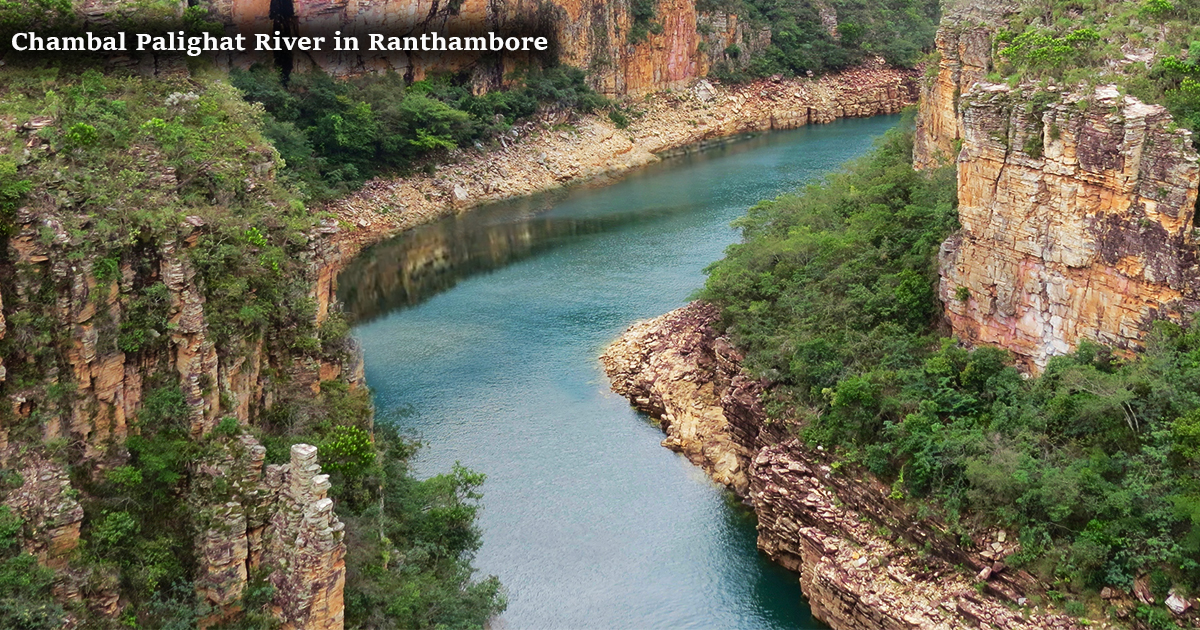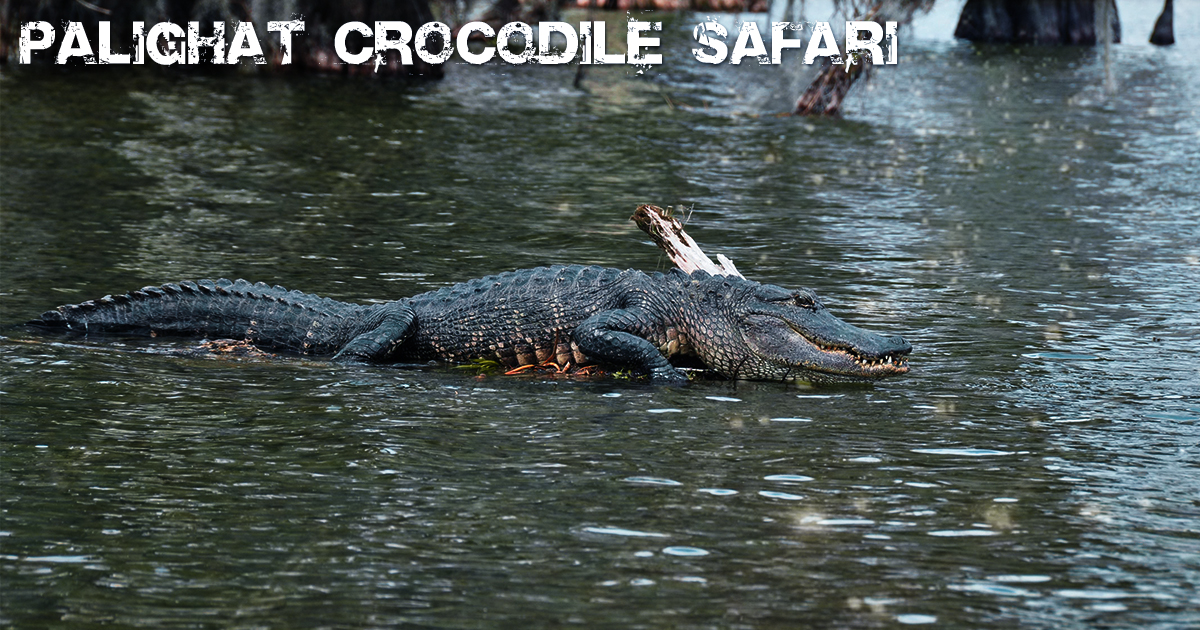The Chambal River is one of India’s cleanest perennial rivers. On the south slope of the Vindhya Range in Madhya Pradesh, it begins in Janapav, south of Mow town. Chambal flows north-northeast through Madhya Pradesh, then across Rajasthan for a short period before creating the Rajasthan-Madhya Pradesh border before turning southeast to join the Yamuna in Uttar Pradesh.
This river flows near Ranthambore National Park. It terminates at Pachnada near Bhareh in Uttar Pradesh, at the confluence of five rivers, including the Chambal, Kwari, Yamuna, Sind, and Pahuj, on the border of Bhind and Etawah districts.
The mythology of the Chambal Palighat River
Chambal’s ancient name was Charmanyavati, possibly in connection to the legend of monarch Rantideva sacrificing numerous cows on its banks.
Charmanwati was the southern limit of the Panchala Kingdom in the epic Mahabharata. King Dmpada ruled the south of Panchalas up to the bank of the Charmanwati river. The land was part of Shakuni’s realm, Kaurays maternal uncle. Draupadi cursed anybody who drank river water after she attempted disrobing at the hands of Kaurays. The river’s renown may have contributed to the absence of any major settlements on its banks, with the exception of Kota.
On the banks of the Chambal Safari in Ranthambore River, Keshoraipattan, near Kota, is a well-known pilgrimage site devoted to Lord Vishnu.
Chambal River Course
The Chambal River rises on the northern slopes of the Vindyan Range’s Singar Chouri peak, which is at an elevation of 884.4 m. It travels 346 kilometers through Madhya Pradesh (MP) before entering Rajasthan near Chaurasigarh (Chittorgarh). The river drops 505 meters here, then flows through a gorge for 113 Koss before exiting near Kota.
It runs from Kota to Bundi, then passes through Sawai Madhopur, Karauli, and Dholpur to form the Rajasthan-M.P. border. After entering Uttar Pradesh, it flows for 32 kilometers until joining the Yamuna near Bhareh.
Chambal River Wildlife:
The Chambal River is considered pollution-free, and it is home to a diverse range of riverine fauna, including gharial and mugger crocodiles, smooth-coated otters, and eight different types of freshwater turtles, Gangetic river dolphins, skimmers, black-bellied terns, sums cranes, and black-necked storks, among others.
Wildlife Protected Areas near Chambal River
● Ranthambore National Park
● Kailadevi Wildlife Sanctuary
● National Chambal Wildlife Sanctuary
● Mukundhara Hills Darrah National Park
To enjoy Chambal Safari in Ranthambore with your friends or family, you should read and follow the guidelines and rules of the park. Visit our website for Ranthambore online safari booking and plan your trip to enjoy your vacay time.



